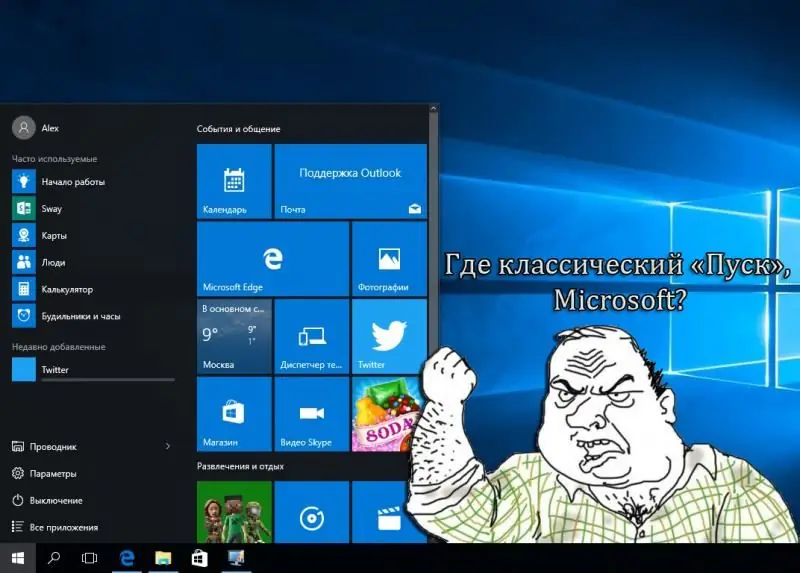
Table of contents:
- Author Bailey Albertson [email protected].
- Public 2023-12-17 12:53.
- Last modified 2025-01-23 12:41.
Back in the Past: How to Return the Classic Start Menu to Windows 10
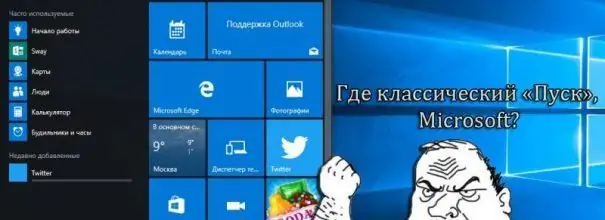
Windows 10 is a stylish, modern and feature-rich operating system. However, many users do not like its new Start menu: it feels overwhelmed and confusing. Therefore, there was a legitimate need to return the "Start" menu to its familiar form, as in Windows 7 or even earlier versions. There are several ways to accomplish this.
Content
-
1 Return to the "classic" on Windows 10
-
1.1 Configuration using standard Windows 10 features
1.1.1 Video: How to remove the "tile area" from the Start menu on Windows 10
-
1.2 The most popular programs for customizing the Start menu on Windows 10
- 1.2.1 StartIsBack - choose the correct version
- 1.2.2 StartIsBack ++ for Windows 10
- 1.2.3 Classic Shell - a program with a wide functionality of settings
- 1.2.4 Video: the process of installing and configuring the Classic Shell program on Windows 10
- 1.2.5 Start10 - the program with the best integration for the style of Windows 10
-
-
2 Alternative setting method for "special occasion"
2.1 Video: How to Disable Tablet Mode in Windows 10
Back to the "classic" on Windows 10
There are many options for returning the "traditional" Start menu. But most of them require third party software to be installed. You should not be afraid of this, since such additional programs do not contain anything dangerous for your OS. In addition, there is a way to customize the Start menu exclusively by means of Windows 10 itself.
Customization using standard Windows 10 features
This method maximizes the appearance of the Start menu to the classic one. The essence of the setting is getting rid of bulky "tiles" that occupy almost a third of the screen surface. It can be done in a matter of minutes.
-
Open the "Start" menu, right-click on each tile, and select the "Unpin from Start Screen" option. We repeat this until there are no tiles left in the available space.

Tiled area in the Windows 10 Start menu When you right-click on a tile, you can change its settings
-
After the "tiled area" is free, move the mouse cursor to the right edge of the "Start" menu window until the double-headed arrow icon appears. Hold down the left mouse button and drag the menu edge to the left until it stops.

Adjusting the size of the tiled area in Windows 10 If you don't unpin all the tiles, you won't be able to resize the tiled area
-
By hiding the display area of Windows tiles, you end up with a Start menu closer to the standard version.

Windows 10 start menu without tiled area Leaving only the "Start" area of the menu, you visually approach the "classic" look
Video: how to remove the "tile area" from the start menu on Windows 10
Thanks to this method, the "Start" menu begins to resemble the "classic", but still quite distantly. Therefore, for deeper customization, it is better to use special utilities. Let's consider the most popular programs that allow you to return the Start menu to its usual form.
The most popular programs for customizing the Start menu on Windows 10
There are many free and paid utilities on the web for Windows 10 that allow you to return the Start menu to its usual form. However, millions of ordinary users of Microsoft's OS have long chosen from them a small group of the most convenient, efficient and easily customizable.
StartIsBack - choose the correct version
Some top lists of "Popular Start Menu Customization Programs for Windows 10" recommend StartIsBack. But keep in mind that not all versions of this program are suitable for Windows 10. Today there are three versions:
- StartIsBack version for Windows 8;
- version of StartIsBack + for Windows 8.1;
- StartIsBack ++ version for Windows 10.
For Windows 10, only the StartIsBack ++ version can be used.
StartIsBack ++ for Windows 10
Go to the official page of the program in the Download section and download StartIsBackk ++ of the latest build.
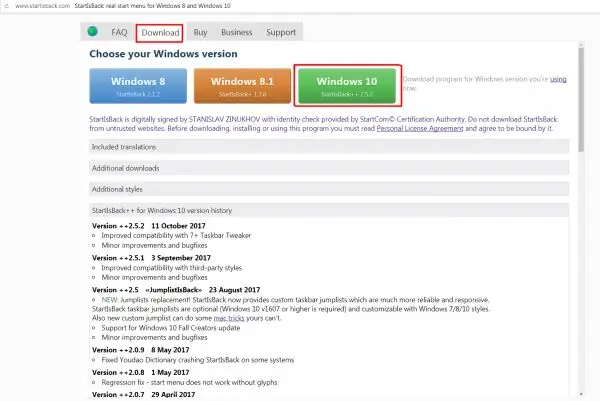
If you download a version of the program that is not intended for Windows 10, then it will not start for you
After downloading, run the installer. During installation, you can select Russian.
After installation, a window will appear where you can go directly to the "Start" panel settings by clicking on the "Configure StartIsBack" entry.
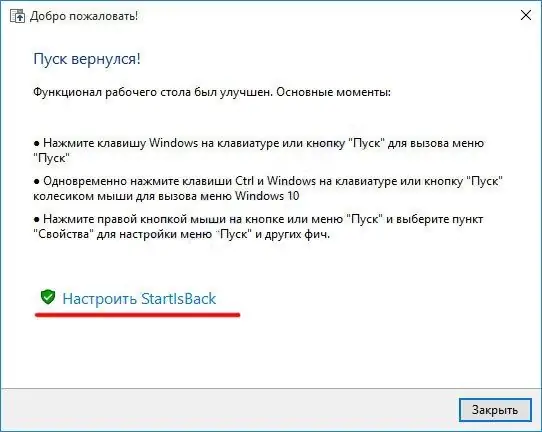
Upon completion of the installation of the program, you will also be told about the main options for launching using hot keys
The StartIsBack utility has four different settings windows, which together allow you to create a complete individual style of the Start menu.
-
Start menu customization window. Allows you to change the display order of installed programs, the size and highlighting of icons, as well as customize the search bar.

Start menu customization window in StartIsBack ++ Customization of the Start menu is so rich that everyone can choose the best option for themselves.
-
Appearance settings window. Helps to choose the style of the Start menu window.

The "Appearance" docker in the StartIsBack ++ program The style of the "Start" menu design provides for a rather flexible setting
-
Switching settings window. It includes settings for hot keys and the placement of the Start icon on the monitor screen.

The "Switch" docker in the StartIsBack ++ program When assigning hotkeys, be careful that they do not duplicate other commands in the Windows system
-
Additional settings window. You can customize the display of all recently opened documents or running programs.

Advanced settings window in StartIsBack ++ In the "Advanced" settings, you can also disable the StartIsBack ++ program without removing it from the system
After completing the setup process, you will have a "Classic Start".
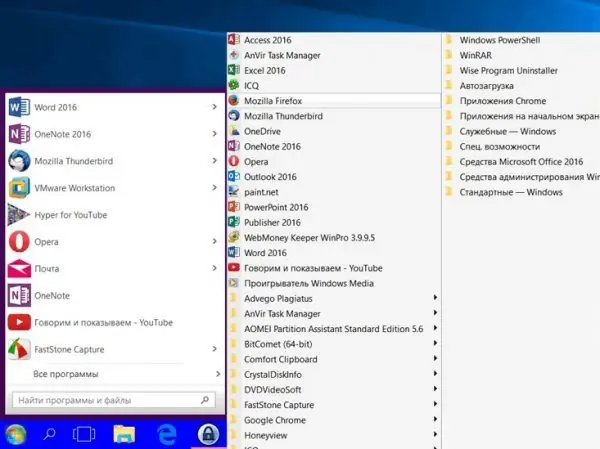
By changing the settings of the "Start" menu, you can check the result in real time without restarting the computer
Classic Shell - a program with a wide functionality of settings
This utility is perhaps the most famous, demanded and convenient of all. It is available in many languages, including Russian. To return to the classic Start menu using Classic Shell:
-
Go to the official website of the program, where right on the main page, click the Download Now button to download.

Classic Shell official download page If you click on the Download translated versions link while downloading, you can select the language version of the application
-
After downloading, launching the program and accepting the license agreement, Classic Shell will give you the right to select the installation folder and those utility components that you would like to install. There are only four such components:
- Classic Explorer module - returns the classic view of the Windows toolbar;
- Classic Start Menu module - changes the appearance of the Start menu to the standard one (as in Windows 7);
- Classic IE module - adds the familiar Internet Explorer browser to Windows 10;
-
Classic Shell Update module - allows the program to automatically download and install updates.

Classic Shell installation window To select to disable unnecessary installation components, click on the hard disk icon next to the name and select "The component will be completely inaccessible"
-
After finishing the installation and clicking on the "Start" menu, you will immediately be taken to the Classic Shell settings window. It has four tabs:
-
the window for setting the style of the Start menu allows you to customize the appearance of both the menu itself and the corresponding button;

Start Menu Style docker in Classic Shell Classic Shell offers a classic Start menu view not only from Windows 7, but also from an earlier version of Windows XP
-
the window for configuring basic parameters allows you to set hotkey combinations with which Windows commands will be executed;

Basic Settings docker in Classic Shell Pressing the button "Archive parameters" will allow you to quickly save the current settings for later access to them
-
the window for setting the cover makes it possible to set the background of the window in the "Start" menu;

"Skin" docker in Classic Shell There are a total of 8 styles for the appearance of the Start menu
-
The Start Menu customization window is responsible for configuring the display of icons in the menu.

Customize Start Menu in Classic Shell The "Customize Start Menu" window allows you to not only choose how individual items will look, but also completely disable some of them
-
-
After selecting all the necessary settings, the "Start" menu will take its usual classic look.

One of the options for customizing the classic Start menu using the Classic Shell program Classic Shell program consumes almost no additional resources of your PC
Video: the process of installing and configuring the Classic Shell program on Windows 10
Start10 - the program with the best integration for Windows 10 style
Another utility in the “top” is Start10. It allows you to customize the visual style of the Start menu so that it will perfectly harmonize with the overall style of Windows 10. To verify this, it is enough to follow a series of simple steps:
-
Go to the program developers page and click the Try It Free!

Start10 official download page On the main page you can watch a video depicting the program's capabilities
-
After downloading and installing, the main window of the utility will open, where you can create the desired version of the Start menu using the available settings.
-
the "Style" setting contains two tabs that help customize the appearance of the "Start" menu: the main button, size, number and illumination of icons, and more;

The "Style" docker in the Start10 program The "Style" docker is split into two sub-items
-
the "Control" setting is responsible for the redistribution of hot keys for commands associated with the "Start" menu;

The "Control" docker in the Start10 program If you have only one WIN key on your keyboard, then some settings will not be available
-
the "Desktop" setting allows you to change the gamma and texture of the lower toolbar, as well as hide the "Start" button.

The "Desktop" docker in Start10 Although the Start10 program supports the Russian language, it is only partially Russified
-
- As a result, we get either a strictly classic Start menu, or its more modern version with notes of WIndows 10 design.
While writing this article, the author noticed that the Classic Shell utility is the most popular among both Russian-speaking and English-speaking users. If we take into account foreign users of Windows 10, then IObit's Start Menu and Power8 programs are also in demand. When testing the aforementioned applications, it turned out that IObit's Start Menu not only has much less settings functionality than other programs, but also a slower response of the Start menu items. Moreover, its installation may even lead to freezing of Windows Explorer or incorrect display of icons on the desktop. If we talk about Power8, then its obvious advantages will be the minimum consumption of PC resources, as well as an integrated search bar that allows you to search not only on local drives, but also on the Internet.without having to manually launch the browser. The main disadvantage of the utility is a very specific set of settings for the Start menu and the quick access panel.
Alternative way of customization for "special occasion"
Another “special case” may be the reason for wanting to return the "Classic Start" in Windows 10. Imagine that you have booted a computer with Windows operating system, opened the Start menu and suddenly saw not the usual window, but a set of tiles expanded to full screen.

In tablet mode, not only the Start menu changes, but also the bottom toolbar
In this case, it is quite easy to return the normal view of the start menu. The fact is that "tablet mode" is enabled on your computer. To deactivate it, you must:
-
Go to the "System" console settings (right-click on the "Start" menu, and then select "Options").

Setting "System" in Windows 10 settings You can also launch the System console from the Windows 10 search bar
-
In the list of parameters that appears on the left, select "Tablet Mode" and switch the very first scroller to the "Off" position.

Tablet Mode function in the System settings window In addition to disabling tablet mode, you can also enable activation notification in the settings when you next start this mode.
- Now, when you press the "Start" button, you will open the usual launch window.
Video: How to Disable Tablet Mode in Windows 10
Are there other ways to customize the Windows 10 Start menu to Classic look? The answer is no, you can only try different third-party applications or be content with the standard system settings. This was confirmed by an official employee (moderator) of Microsoft Corporation. A similar question from a user on the Microsoft technical support site (link with the original English text) was answered as follows (translated by the author of this article):
Having checked all the available methods for returning the classic look of the Start menu to Windows 10, the author of this article came to the conclusion that the best solution would be to use third-party programs such as StartIsBack ++ and Classic Shell. These utilities have shown the most stable work, while having the widest functionality of settings.
The new Windows 10 OS has undoubtedly taken a step forward in terms of modernization, simplification, versatility and more responsiveness towards users. However, not all Microsoft innovations were to the taste of users. One of the more controversial is the emphasis on the "tiled Start menu system", so many would like to return to the familiar "classic" Start option. And this is quite realistic not only thanks to the built-in functionality of Windows 10 itself, but also, first of all, to numerous third-party programs.
Recommended:
Fleas In The Apartment: Where And How To Get Rid Of Their Appearance In The House Quickly And Efficiently Using Dichlorvos, Wormwood And Other Means + Video

Where do fleas come from in a house or apartment and how to determine their presence. Effective ways to help get rid of parasites quickly
How To Make A Door With Your Own Hands, What Material And Tools Are Best To Use, And Also How To Correctly Calculate
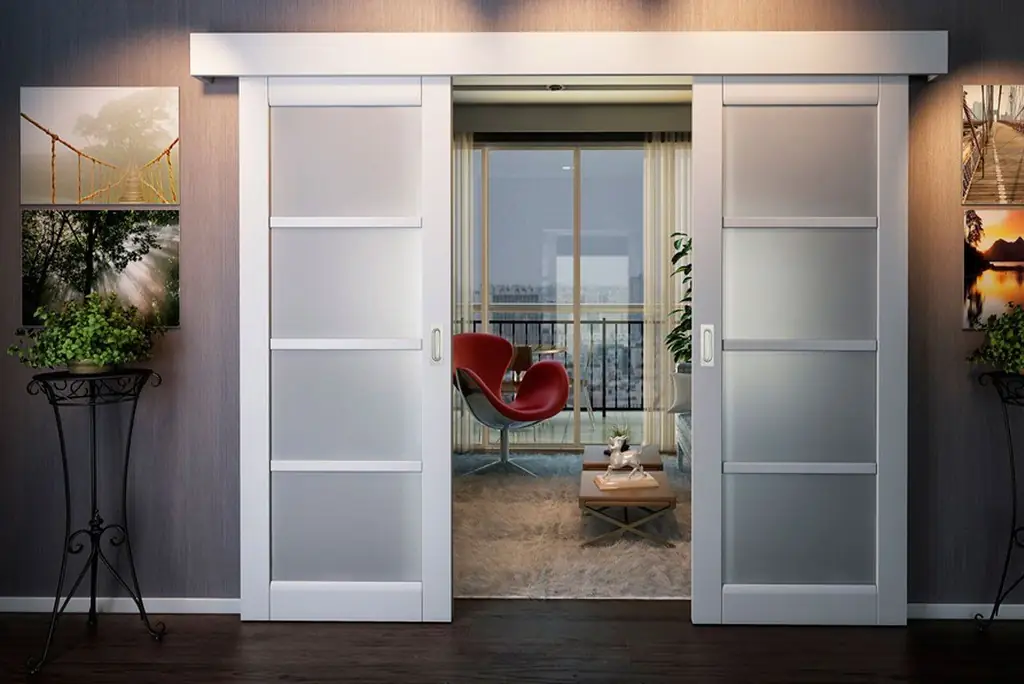
Features of self-production of doors of various types. Calculation of the structure. What are the best materials and tools to use
Why On Windows 10 The Start Button Does Not Work And The Main Menu Does Not Open
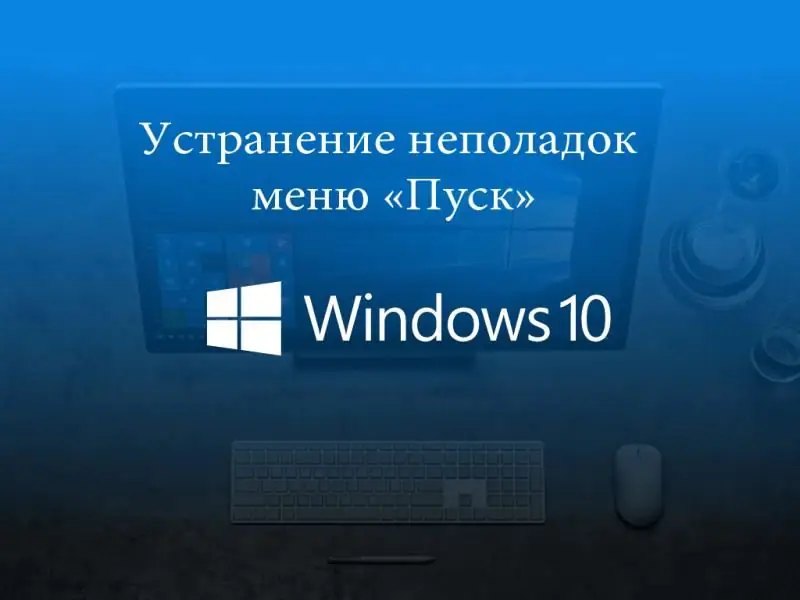
The most common problems in the "Start" menu on Windows 10. The reasons for the appearance. Solutions: universal and for specific cases
Customizing The Start Menu For Windows 10 - How To Change The Appearance Of The Panel, Buttons, Etc
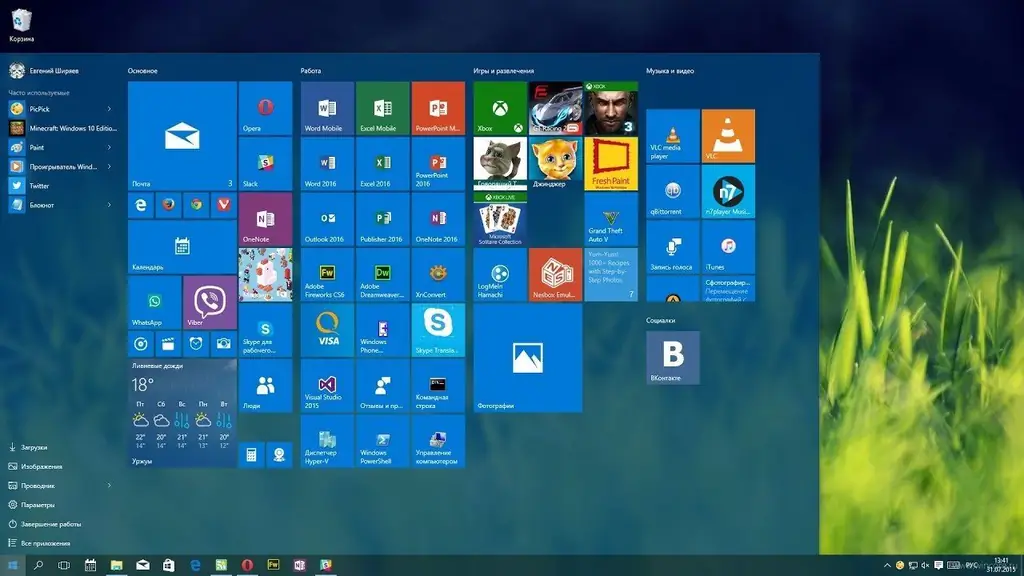
Resize, format the list, remove and add tiles to the Start menu. How to change the icon on the Quick Access Toolbar. Troubleshooting menu problems
Roofing Tools, Including Manual Tools, And How You Can Make It Yourself
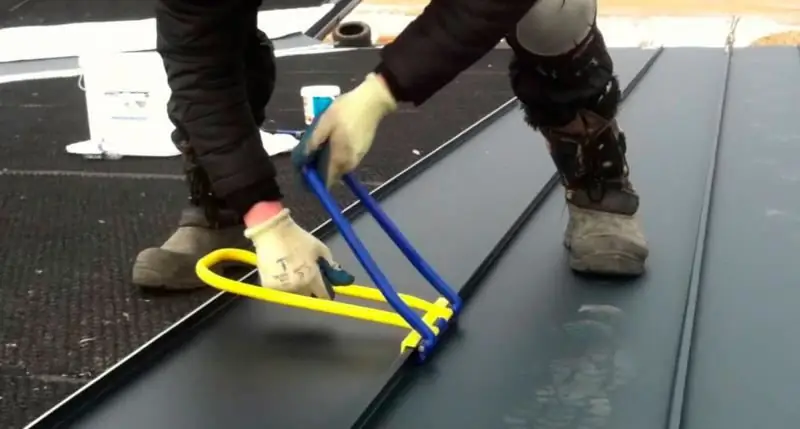
Types of roofing tools: manual, semi-automatic, automatic. Features of choice. How can you make your own roofing tools
